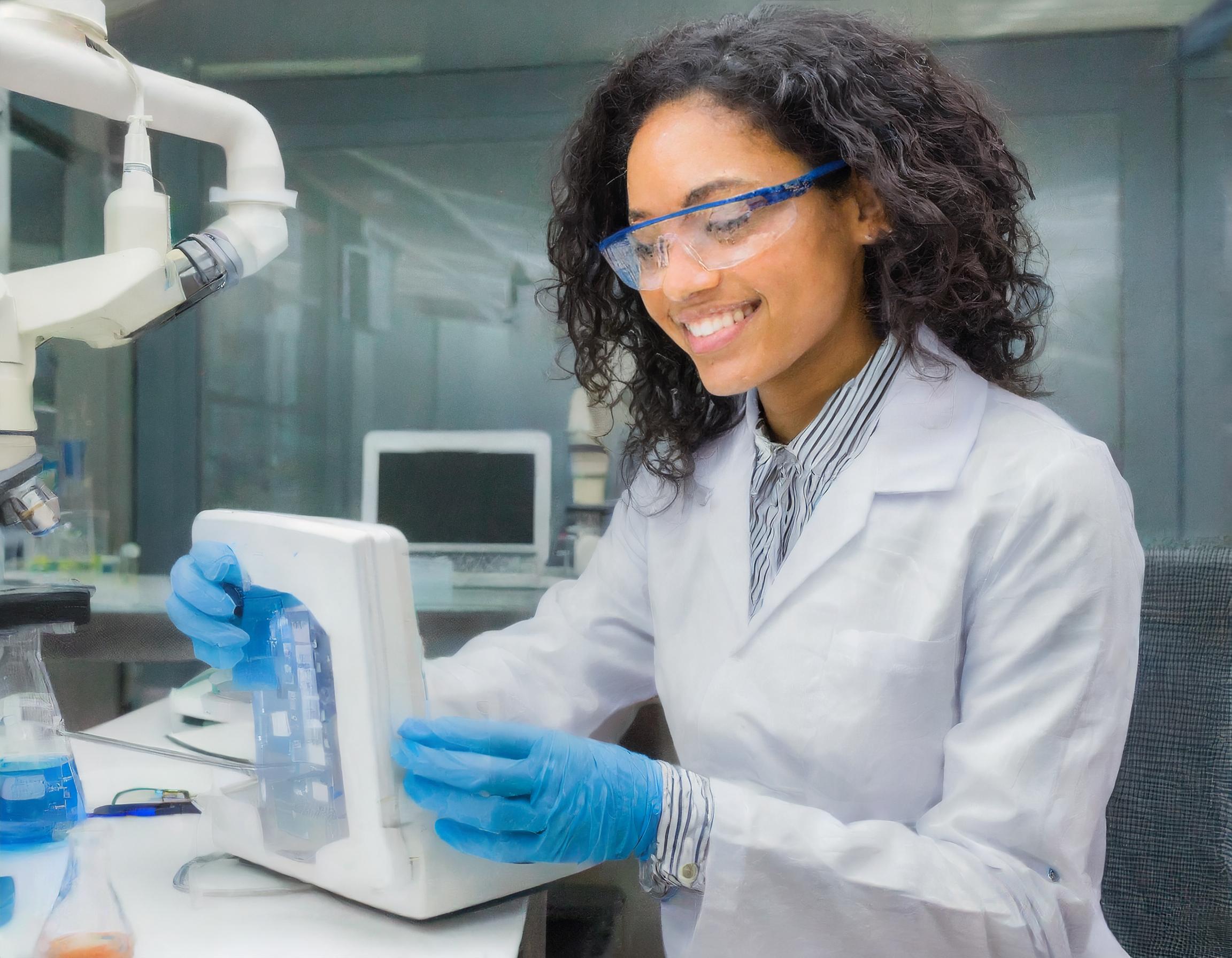Navigating the Journey from Bench to Bedside in Translational Diagnostic Devices
In the realm of healthcare innovation, the journey from bench to bedside for diagnostic devices stands as a critical bridge, enabling the translation of scientific discoveries into practical applications that directly impact patient care. This journey is marked by challenges, triumphs, and continuous evolution. Explore the intricacies of developing and implementing diagnostic devices, highlighting the obstacles faced and the successes achieved along the way.
Understanding Translational Diagnostic Devices: Translational%20with%20healthcare%20background%2017662.jpg?width=304&height=236&name=Firefly%20in-vitro%20diagnostics%20device(s)%20with%20healthcare%20background%2017662.jpg) diagnostic devices represent the culmination of scientific research and engineering innovation, aiming to provide clinicians with tools for accurate and timely disease diagnosis. These devices encompass a wide range of technologies, from simple handheld devices to sophisticated imaging systems, all designed to detect biomarkers, visualize abnormalities, and aid in clinical decision-making. The journey of these devices from the laboratory bench to the patient's bedside involves a series of stages, each presenting its unique set of challenges and opportunities.
diagnostic devices represent the culmination of scientific research and engineering innovation, aiming to provide clinicians with tools for accurate and timely disease diagnosis. These devices encompass a wide range of technologies, from simple handheld devices to sophisticated imaging systems, all designed to detect biomarkers, visualize abnormalities, and aid in clinical decision-making. The journey of these devices from the laboratory bench to the patient's bedside involves a series of stages, each presenting its unique set of challenges and opportunities.
Challenges Along the Journey:
-
Technology Development: The initial phase of developing diagnostic devices involves translating scientific discoveries into functional prototypes. This process often requires interdisciplinary collaboration between researchers in fields such as biology, chemistry, engineering, and computer science. Designing devices that are sensitive, specific, and reliable while remaining cost-effective and user-friendly poses a significant challenge.
-
Validation and Clinical Testing: Before diagnostic devices can be integrated into clinical practice, they must undergo rigorous validation and clinical testing to demonstrate their accuracy, safety, and efficacy. Conducting large-scale clinical studies to validate device performance across diverse patient populations is essential but time-consuming and resource-intensive.
-
Regulatory Approval: Obtaining regulatory approval from agencies such as the FDA or the EMA is a crucial step in the translational process. Meeting regulatory requirements involves thorough documentation of device performance, adherence to quality control standards, and compliance with safety regulations. Navigating the regulatory pathway can be complex and may delay the commercialization and widespread adoption of diagnostic devices.
Triumphs and Milestones: Despite the challenges, the field of translational diagnostic devices has witnessed significant triumphs that have transformed patient care:
-
Advances in Imaging Technology: Innovations in medical imaging devices, such as MRI, CT, and ultrasound systems, have revolutionized disease diagnosis and treatment planning. High-resolution imaging techniques enable clinicians to visualize anatomical structures and detect abnormalities with unprecedented clarity and precision.
-
Point-of-Care Testing (POCT): The development of rapid diagnostic tests and handheld devices has facilitated point-of-care testing, allowing for immediate diagnosis and treatment decisions at the patient's bedside. POCT devices
 for infectious diseases, cardiac biomarkers, and blood glucose monitoring have improved healthcare accessibility and outcomes, particularly in resource-limited settings.
for infectious diseases, cardiac biomarkers, and blood glucose monitoring have improved healthcare accessibility and outcomes, particularly in resource-limited settings. -
Miniaturization and Wearable Technology: The miniaturization of diagnostic devices and the emergence of wearable technology have enabled continuous monitoring of physiological parameters and early detection of health conditions. Wearable devices such as smartwatches and biosensors offer non-invasive monitoring solutions, empowering individuals to take proactive steps towards managing their health.
Translating scientific discoveries into practical diagnostic devices that improve patient care is a multifaceted journey fraught with challenges and complexities. However, each milestone achieved brings us closer to realizing the full potential of diagnostic innovation in healthcare. By fostering collaboration between researchers, clinicians, industry partners, and regulatory agencies, we can overcome obstacles, accelerate the translation of diagnostic devices from bench to bedside, and ultimately, advance the field of medicine for the benefit of patients worldwide.
For almost three decades, Boston Engineering has designed, developed, and optimized devices and technologies the medical community relies on to save lives, enrich quality of life, and reduce costs to the healthcare system. We provide solutions to the challenges in the adoption of surgical robotics.
Our expertise includes industrial design and product redesign, sensors and control systems, robotics technical innovation, and digital software solutions.
Imagine your Impact: Stay up-to-date with the latest insights and trends we're watching. Add your email address below and sign up for a monthly summary of our most impactful posts!












